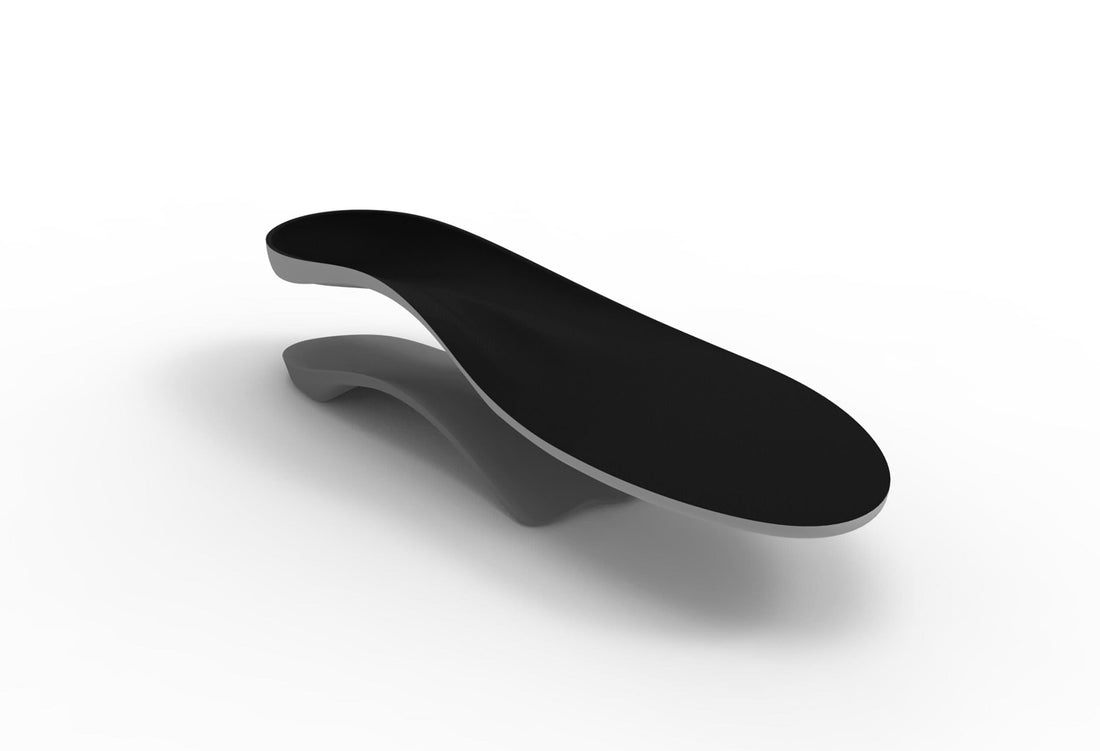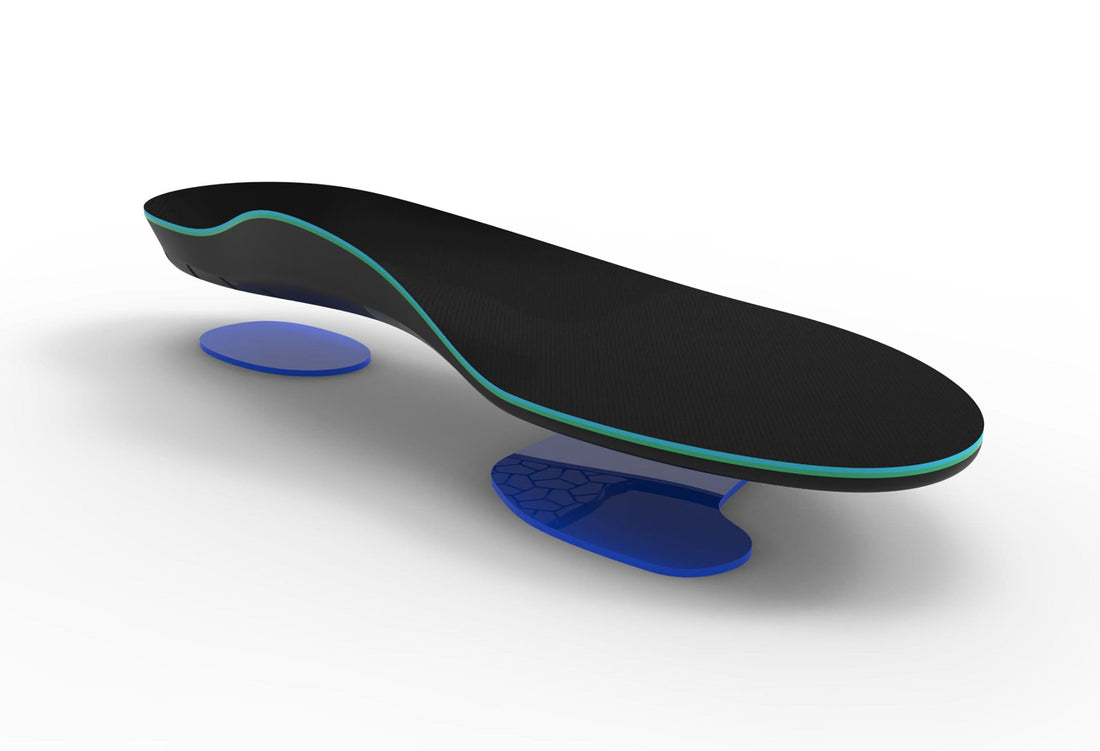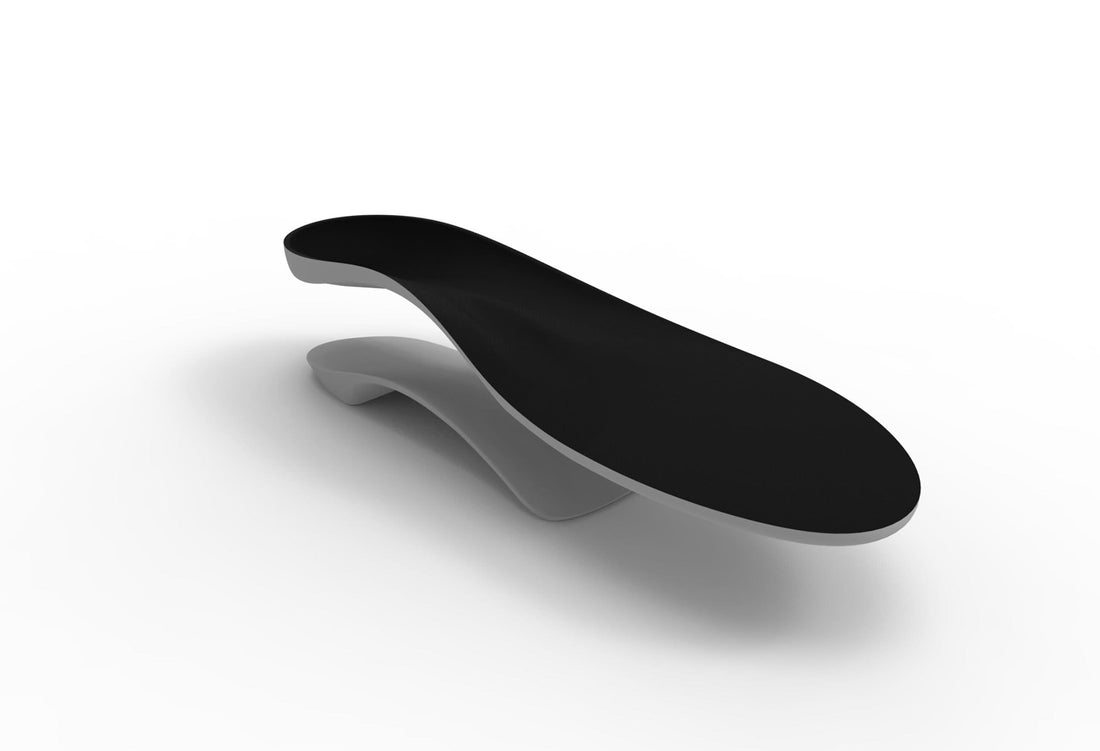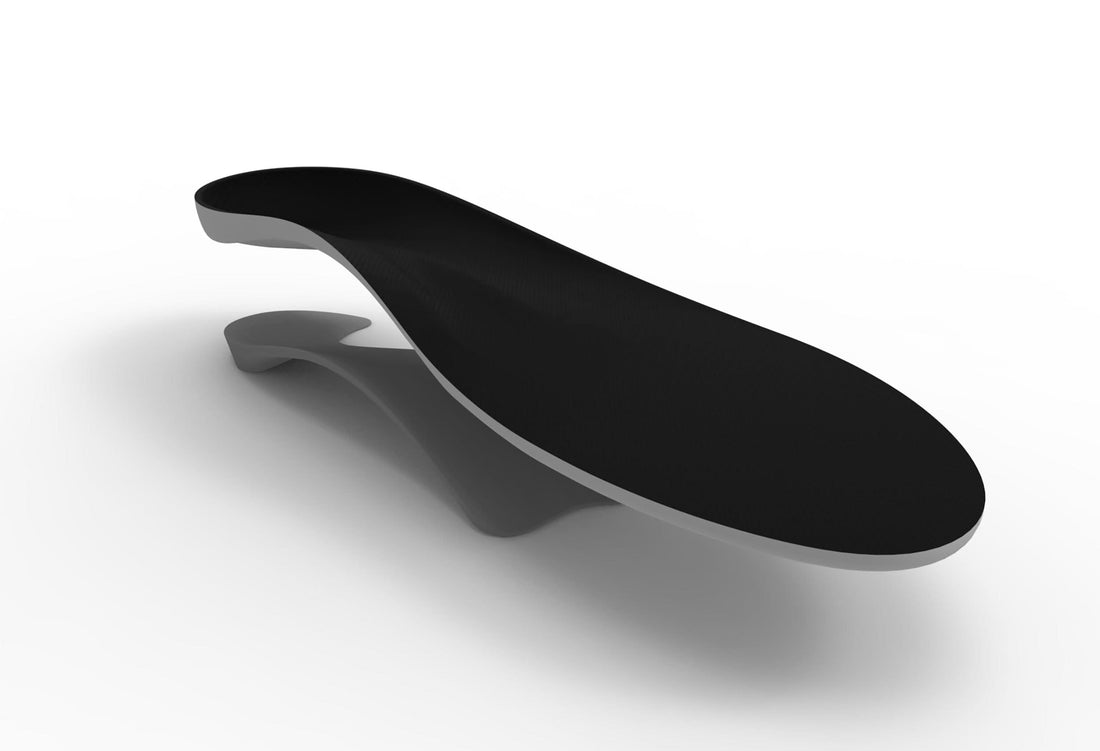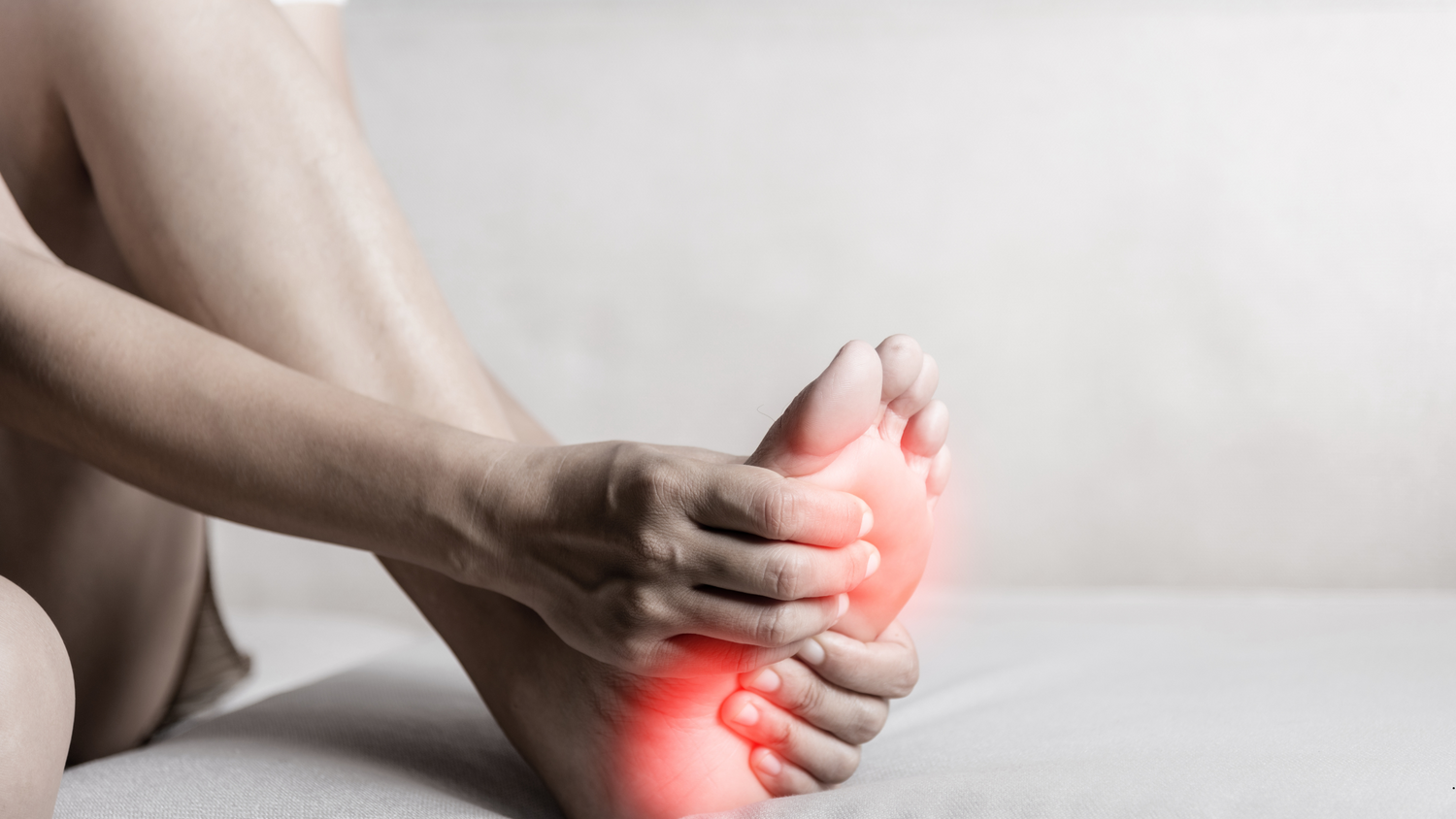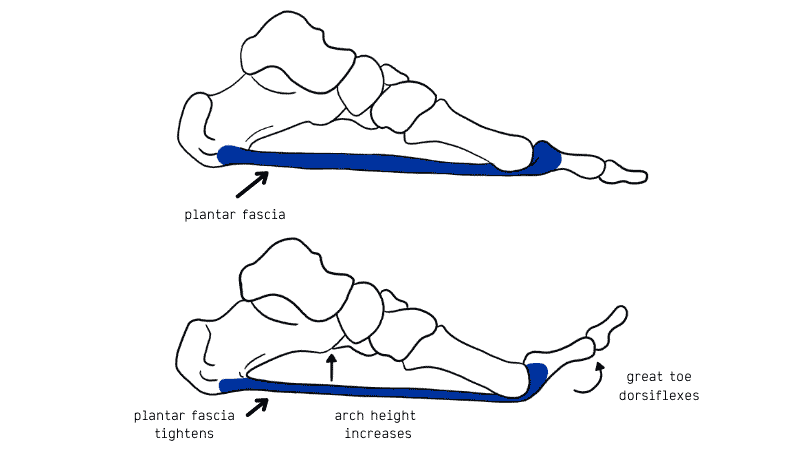Dry skin(anhidrosis) is a common skin condition which is often found among the older population. It can range from mild flaking of the skin, to hard callous lesions that can lead to cracks of the skin and possible infections.
Cause
Dry skin can be due to a number of dermatological conditions, hormonal changes, aging, medications, lack of sweat production or external influences such as weather and footwear. Individuals may also be predisposed to the condition through hereditary conditions. Walking around barefoot or with open back footwear is the most common cause of dry skin on the heels. Increased pressure on the heels from standing or increased weight can then lead to callous. Fungal infections, such as Tinea, are also not to be excluded, as well as a number of medical conditions such as Diabetes, Lymphoma, Kidney disease or Thyroid Problems that may lead to having dry skin. Excessive dry thick skin or callous build up may also be the result of flatfeet or excessive pronation, pes cavus (high arch foot) a lack of fatty pads, and prominent bones or joints.
Symptoms
Dry skin generally presents with any of the following symptoms
- Mild dusty skin appearance
- Mild to moderate flakey skin, which brushes off the skin when wiped
- Plaque-like skin, harder to brush away
- Callous lesions
- Deep fissures or cracks in the skin (can often be very red, bleeding and very painful)
Diagnosis
Diagnosis of dry skin is made entirely on visual observation. There are a number of medical scales used to grade the level of dryness, however severity is generally determined by the characteristics and presentation of the skin. It is important for the practitioner to thoroughly inspect the skin as there are a number of dermatological conditions that are also associated with dry skin such as Eczema and Psoriasis. These will again need to be eliminated by comparison with a list of criteria for those conditions.
Treatment
Dry skin will respond best to treatments based around rehydration. Often this can be achieved at home in mild presentations of dry skin, however more advanced side effects of dry skin, such as fissures, may need to be treated. The best treatment will also depend on the cause of the condition.
Excessive dry thickened skin which is the result poor foot posture may respond well to an Interpod orthotic device which reduces excessive pronation and provides cushioning to areas with decreased fatty pad protection.
Prevention
- In most cases, dehydrated skin is preventable. Using an emollient cream (such as Sorbolene) twice a day will often be sufficient to reduce the build up of dry/flakey skin
- Wear appropriate closed in footwear –avoid wearing open sandals etc
- Use a pumice stone to reduce the build up of callous and thick dry skin
- Maintain a healthy water intake
References
Menz, H. (2008). Foot problems in older people. Assessment and Management. Churchill and Livingston, Chapter 5.
Podantics Podiatry: www.podantics.com.au
Better health Victoria: www.betterhealth.vic.gov.au


